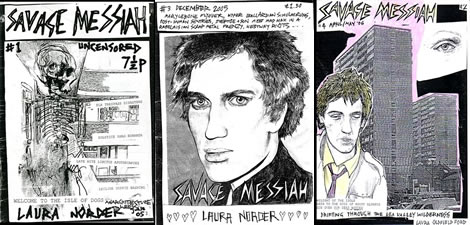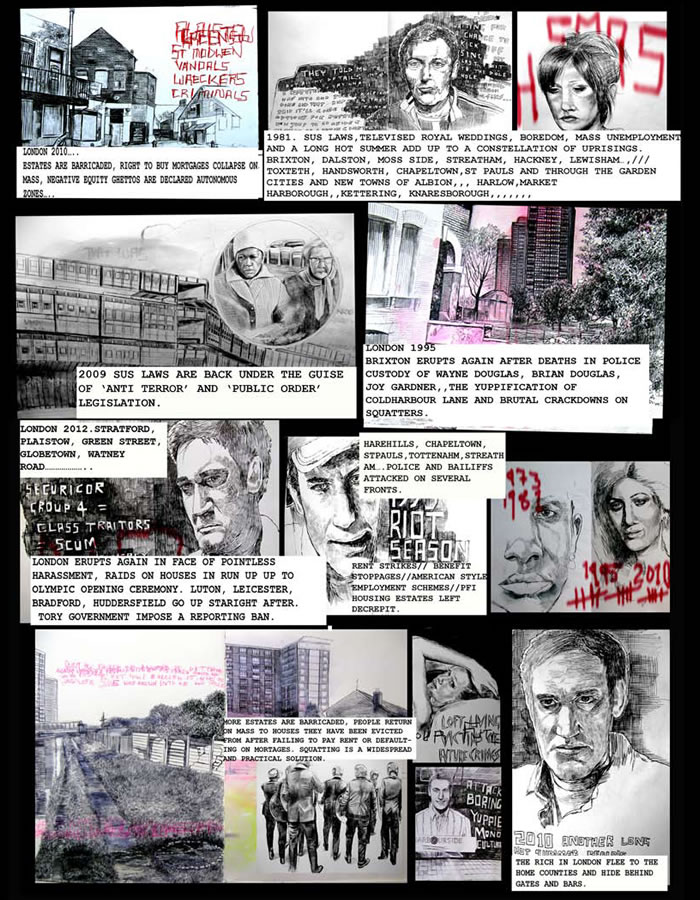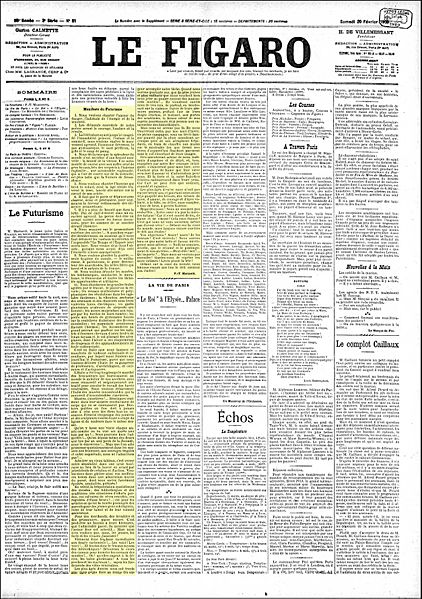Another contemporary artist who combines the theoretical, the literary and the visual is Laura Oldfield Ford, whose work focuses on an exploration of the politics of development and the urban landscape, in the "psychoegeographic" tradition of the artists of the Situationist International.
Part of her practice has been the production of a zine (which ran from 2005-9) and then a blog, entitled Savage Messiah.
Here's her blog:
http://lauraoldfieldford.blogspot.co.uk/
A book version of Savage Messiah was published by Verso in 2011 - see Verso's website here:
http://www.versobooks.com/books/1022-savage-messiah
From the New Statesman's review of this, by Sukhdev Sandhu:
“One of the most striking fanzines of recent years is Laura Oldfield Ford’s Savage Messiah, focussing on the politics, psychology and pop- cultural past of a different London postcode. Ford’s prose is scabrous and melancholic, incorporating theoretical shards from Guy Debord and Marc Augé, and mapping the transformations to the capital that the property boom and neoliberalist economics have wrought. Each zine is a drift, a wander through landscape that echoes certain strands of contemporary psychogeography. Ford—or a version of her, at least—is an occasional character, offering up narcotic memories of a forgotten metropolis. The images, hand-drawn, photographed and messily laid out, suggest both outtakes from a Sophie Calle project and the dust jacket of an early 1980s anarcho-punk compilation record: that is, both poetry and protest.”





